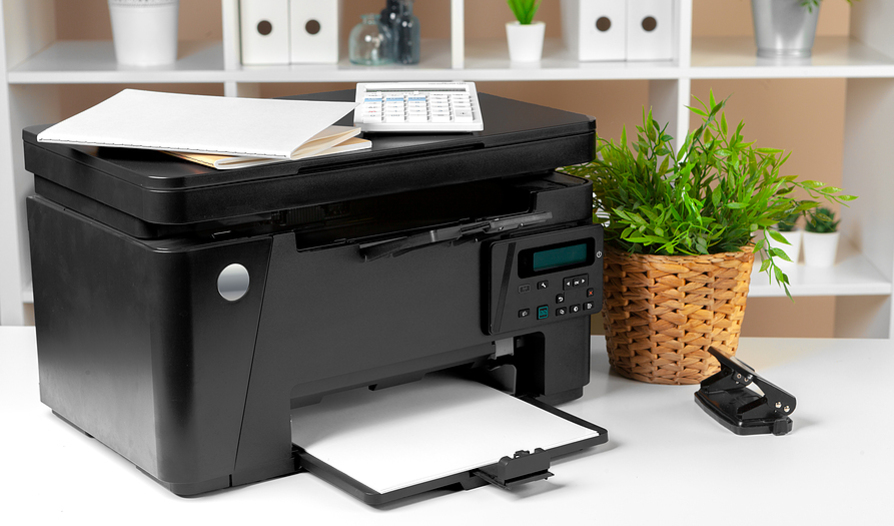Why Monochrome And Grayscale Printing Are Very Different
Posted on 4th September 2023 at 15:29
A common frustration that many people can relate to is that they need to print a large set of important documents, whilst their office printer is displaying that one of the three colour cartridges is low on ink.
Common sense would dictate that this is not a problem as long as there is enough black ink, so their frustration is both understandable and palpable when the printer rejects the job on the basis that there is not enough colour ink to complete it.
This will affect some offices more than others, and the solution can take between a few minutes or quite a bit longer depending on how organised the office is and whether they have a contract in place to ensure they never run out of ink when they need it most.
To understand why, we also need to look at the difference between monochrome and grayscale printing, as whilst both printing styles produce a black-and-white image, the methodology the printer uses to print the image can be very different.
The Two Ways To Print Black
When printing a colour document, the printer uses a mix of four different inks in various intensities to produce almost any colour you can imagine.
This is known as process colour or the Cyan, Magenta, Yellow and Key (CMYK) colour model.
The process works because printing paper is white, and therefore by adding different inks you reduce the amount and type of light that is being reflected. Mixing all three colours together gets the colour black.
This is the exact opposite process to RGB, the colour process used for the vast majority of computer monitors, where red, green and blue light is mixed together in various intensities to create the spectrum of colour.
If you just used colour ink, it would be incredibly wasteful to print black documents, so in addition to cyan, magenta and yellow, black ink is used to darken colours or print directly in black, as a way to reduce the amount of ink you use to print a black document by two-thirds.
The problem is that to a printer, there is more than one type of black shade you can use, so in some cases, a printer will use both black and colour inks to produce a richer shade of black or to print in various shades of grey with more detail and precision.
By default, many printers will print in either colour or grayscale, rather than in a dedicated black-and-white setting, meaning that people believing they are saving ink by printing in greyscale are doubling their ink usage for a minimal practical difference at best.
Printer companies are getting better at making clear the difference between greyscale and settings that only use black ink, usually known as “black ink only” or “black ink only”.
Next time you notice the low colour ink error and need to print a lot of black and white pages, check your document or printer settings to make sure you are only using black ink.
Whilst for many practical office uses the monochrome & grayscale settings on an office printer are functionally identical there is a reason one uses colour ink.
Share this post:

